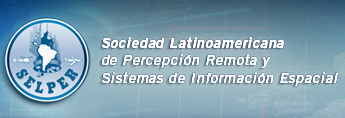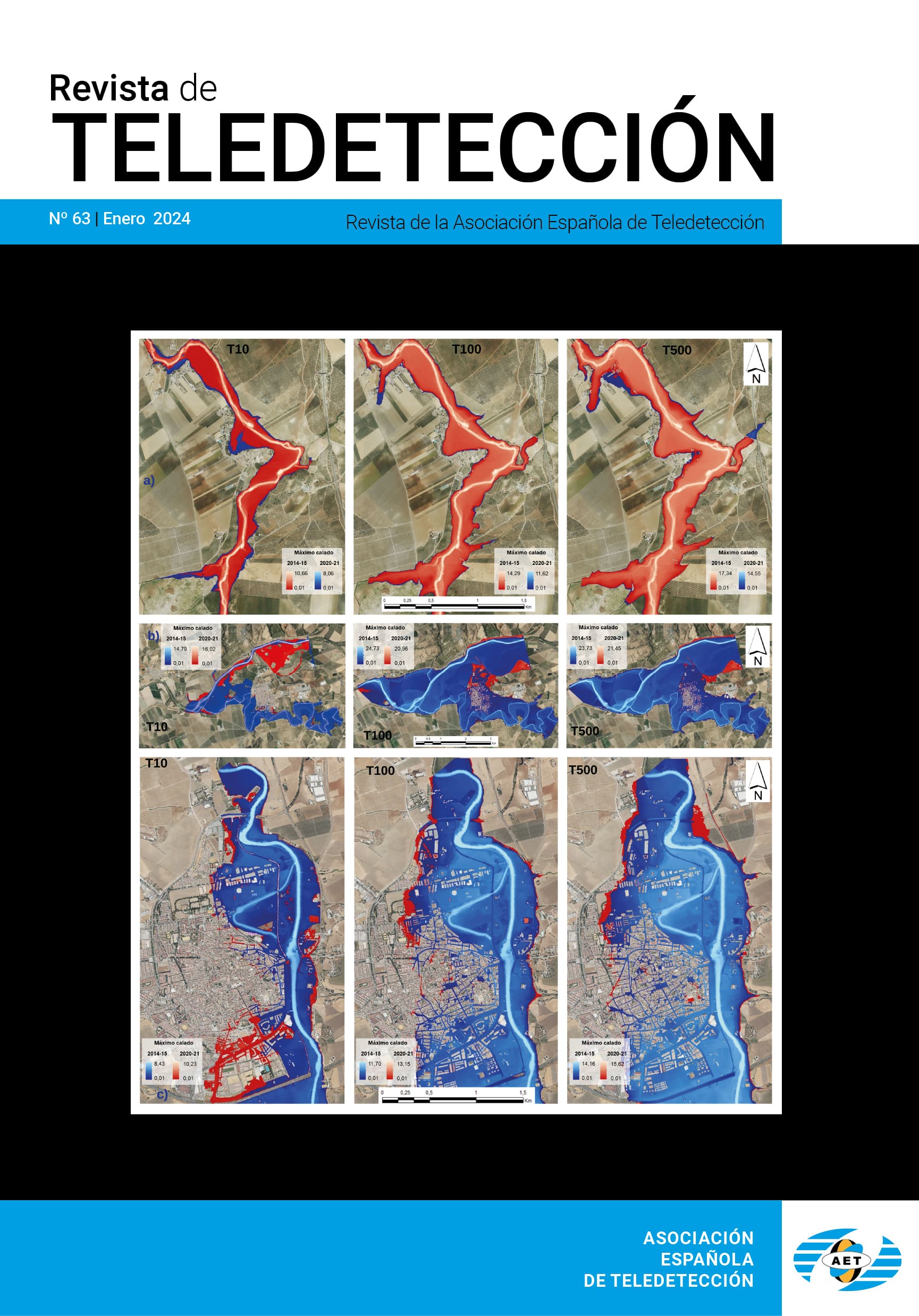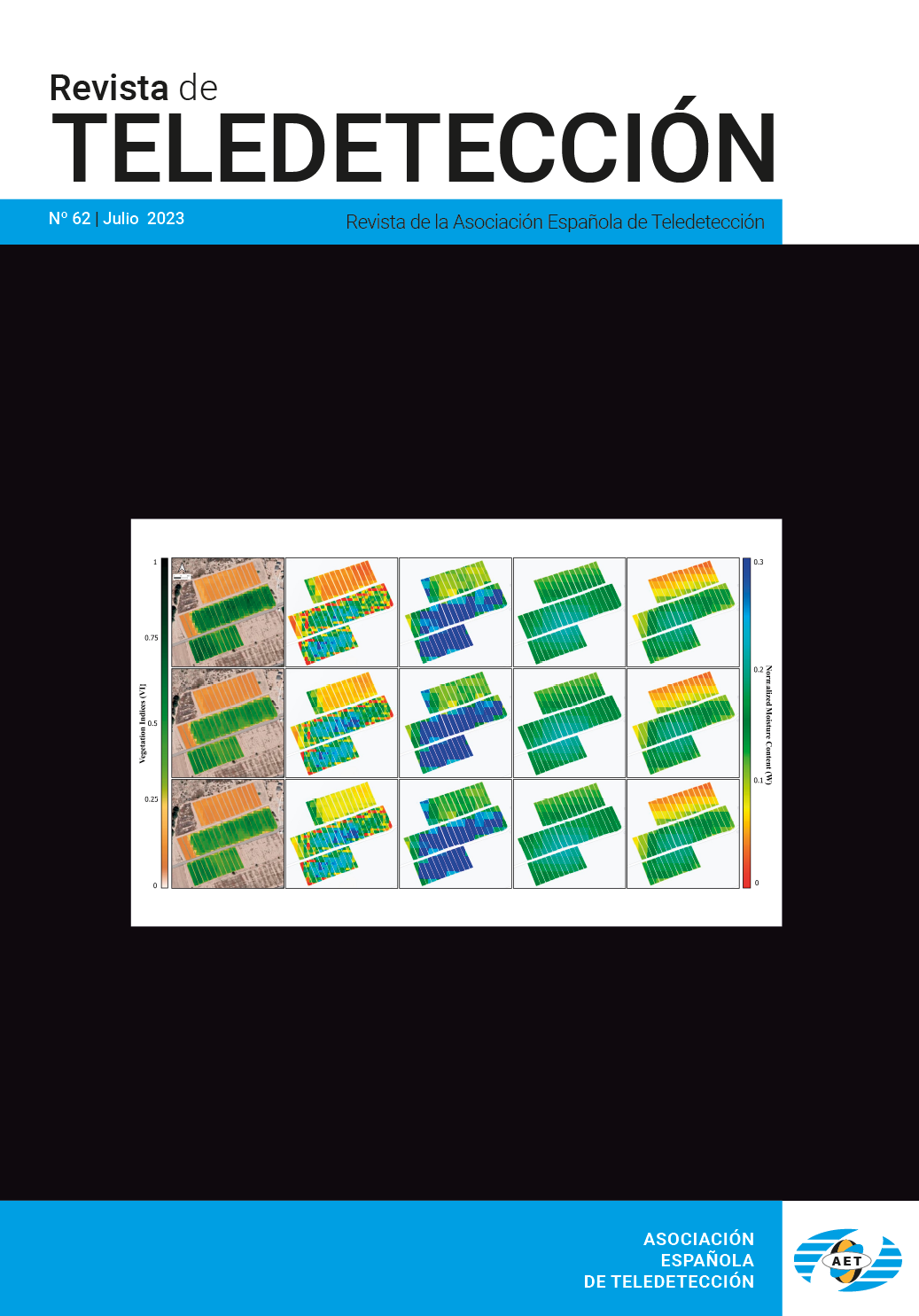Caracterización de vías rurales a partir de la visualización de imágenes Landsat TM y Spot P
M.L. Gil-Docampo, J. Armesto y I. Cañas
RESUMEN
El presente trabajo tiene por objeto la caracterización de las vías rurales a partir del análisis visual de la imagen de satélite Landsat TM y SPOT P previamente corregidas y realzadas mediante las herramientas y tratamientos digitales habitualmente disponibles en el software de teledetección. En este trabajo se buscan los realces más adecuados para resaltar las vías y sus características de modo que la interpretación visual de la imagen pueda sustituir al trabajo de campo en la catalogación de estas infraestructuras lineales. Se obtienen resultados satisfactorios en cuanto a la identificación de vías, tipo de firme, altura por la que discurre la vía y generación de vistas de la vía y su entorno. Estos resultados se logran a partir de la composición coloreada de Landsat 2/3/4 y su fusión con SPOT para la identificación y Landsat 7/2/4 para el tipo de firme. La visualización del relieve real, para determinar la altura por la que discurre la vía, se obtiene mediante el primer componente principal del análisis de componentes de la fusión de las imágenes. Este factor también puede ser estudiado partir de la superposición de la imagen sobre el MDT el cual permite además analizar las vistas de las vías.
PALABRAS CLAVE: vía rural, teledetección, caracterización visual.
ABSTRACT
The objective of the present study is the characterisation of rural roads from the visual analysis of the satellite data Landsat TM and SPOT P. Previously, the images are corrected and enhanced with digital processing techniques found in remote sensing software. We look for the proper enhancements to highlight the routes of communication and its characteristics in order to employ visual interpretation of the image instead of fieldwork for cataloguing the lineal infrastructure. We obtain satisfactory results about road identification, road surface, height of the road and the analysis of views over the road. We employ Landsat 2/3/4 colour composition and its fusion with SPOT data for identification and Landsat 7/2/4 data for road surface detection. The three dimensional expression of true relief is needed to study the height of the road; it is obtained from the first component taken from the analysis of principal components of the data fusion. It can also be obtained with the image superimposed on the DTM, which even permits the analysis of the views over the roads.
KEY WORDS: rural road, remote sensing, visual characterization.
PULSE AQUI PARA DESCARGAR EL ARTÍCULO COMPLETO.




















